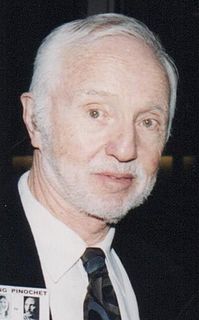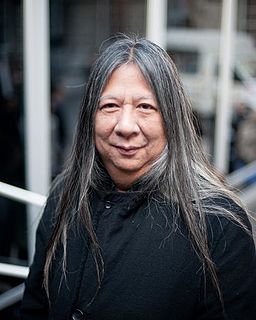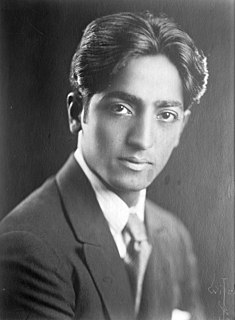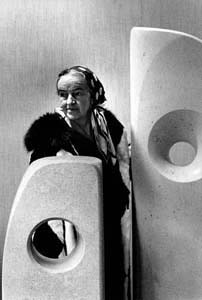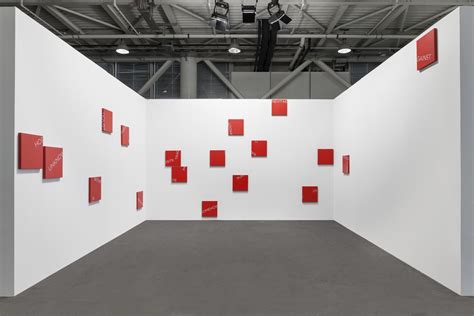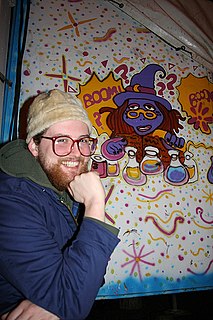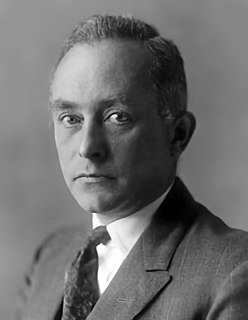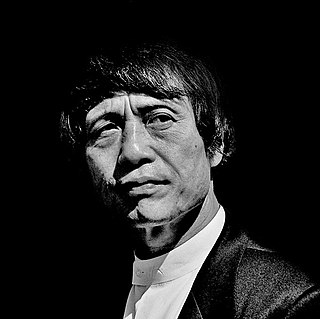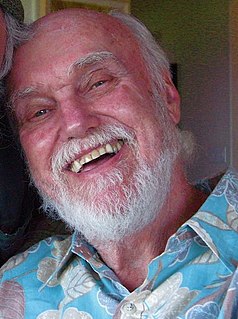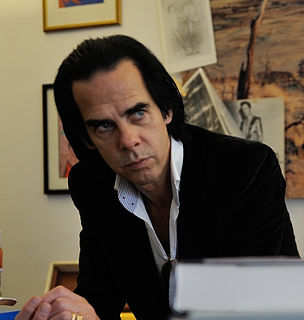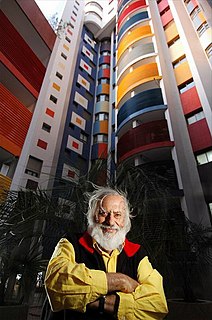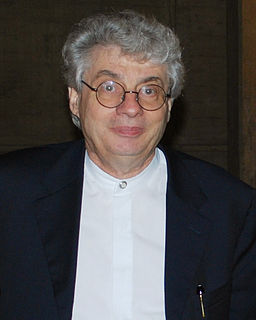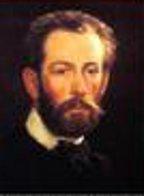A Quote by Olafur Eliasson
Your rainbow panorama enters into a dialogue with the existing architecture and reinforces what is assured beforehand, that is to say the view of the city. I have created a space which virtually erases the boundaries between inside and outside – where people become a little uncertain as to whether they have stepped into a work or into a part of the museum. This uncertainty is important to me, as it encourages people to think and sense beyond the limits within which they are accustomed to moving.
Quote Topics
Accustomed
Architecture
Assured
Become
Beforehand
Between
Beyond
Boundaries
City
Created
Dialogue
Encourages
Existing
Important
Inside
Inside And Outside
Limits
Little
Me
Moving
Museum
Outside
Panorama
Part
People
Rainbow
Say
Sense
Space
Stepped
Think
Uncertain
Uncertainty
View
Virtually
Whether
Which
Within
Work
Your
Related Quotes
The idea that you try to time purchases based on what you think business is going to do in the next year or two, I think that's the greatest mistake that investors make because it's always uncertain. People say it's a time of uncertainty. It was uncertain on September 10th, 2001, people just didn't know it. It's uncertain every single day. So take uncertainty as part of being involved in investment at all. But uncertainty can be your friend. I mean, when people are scared, they pay less for things. We try to price. We don't try to time at all.
Well, there is a contradiction in a sense. If you're making commercials which sell products which are unhealthy or which are unnecessary, I think that you are part of a system - I am part of a system which encourages people to buy things and do things which are not to their best interest. And to that extent you could say it was contradictory.
It is important to understand, not intellectually but actually in your daily life, how you have built images about your wife, your husband, your neighbor, your child, your country, your leaders, your politicians, your gods-you have nothing but images. The images create the space between you and what you observe and in that space there is conflict, so what we are going to find out now together is whether it is possible to be free of the space we create, not only outside ourselves but in ourselves, the space which divides people in all their relationships.
I have gained very great inspiration from the Cornish land- and seascape, the horizontal line of the sea and the quality of light and colour which reminds me of the Mediterranean light and colour which so excites one's sense of form; and first and last there is the human figure which in the country becomes a free and moving part of a greater whole. This relationship between figure and landscape is vitally important to me. I cannot feel it in a city.
And when you are operating within your style, which is your world, which you operate in, then it also would make sense to you. Now, whether it makes sense to anybody outside is besides the point really. You just do it and then you find that other people kind of begin to relate to it and allow themselves to get into your way of thinking about things.
I think living in Baltimore and being a part of the community and trying to be part of as many communities as possible within the city, the best thing that anyone can do in Baltimore is just to be a part of it and contribute to it and to not see it as...A lot of people from outside the city see this city for its blight and I feel like people who live within the city do the opposite and see this city for what defines it as, in my mind, the most beautiful place to live.
It's something that's difficult to explain but I think all writers work this way to some extent, whether we're aware of it or not. For me, writing has little to do with thinking. I don't want to control the narrative. I listen to the rhythm of the words and dialogue and try to give the characters the space in which to say and do what they want without intervening too much.
It is odd to think that there is a word for something which, strictly speaking, does not exist, namely, "rest." We distinguish between living and dead matter; between moving bodies and bodies at rest. This is a primitive point of view. What seems dead, a stone or the proverbial "door-nail," say, is actually forever in motion. We have merely become accustomed to judge by outward appearances; by the deceptive impressions we get through our senses.
When I look at relationships, my own and others, I see a wide range of reasons for people to be together and ways in which they are together. I see ways in which a relationship - which means something that exists between two or more people - for the most part reinforces people's separateness as individual entities.
What I think about when I frequent the Museum of Natural History, the Metropolitan [Museum of Art], and I look at these artifacts that are taken out of context and how we're forced to view them as objects, as relics, as sculpture- static. But what's interesting is what it allows me to do in my head in terms of imagining what the possibilities are or imagining the role in which they played within a particular culture which I'm fascinated by.
The thing that concerns me more than anything is when anybody becomes closed off and exclusive of other people's ideas. All of our brains are in the same mode of searching when trying to understand reality, and when we come to a belief system that makes sense to us we hold it strongly, whether it's an atheist view, or a Christian view, or a Muslim view, whatever, then it's very hard to let go and I think it's so important to try to foster dialogue.
My intention was to create a work of art which would transcend the visible, which cannot be perceived except in stages, with the understanding that it is a partial revelation and not the perpetuation of the existing. My aim is to show what can be seen within the limits of possibility which exists in the midst of coming into being.
The first gesture of an architect is to draw a perimeter; in other words, to separate the microclimate from the macro space outside. This in itself is a sacred act. Architecture in itself conveys this idea of limiting space. It's a limit between the finite and the infinite. From this point of view, all architecture is sacred.
When you want a thing deeply, earnestly and intensely, this feeling of desire reinforces your will and arouses in you the determination to work for the desired object. When you have a distinct purpose in view, your work becomes of absorbing interest. You bend your best powers to it; you give it concentrated attention; you think of little else than the realization of this purpose; your will is stimulated into unusual activity, and as a consequence you do your work with an increasing sense of power.


